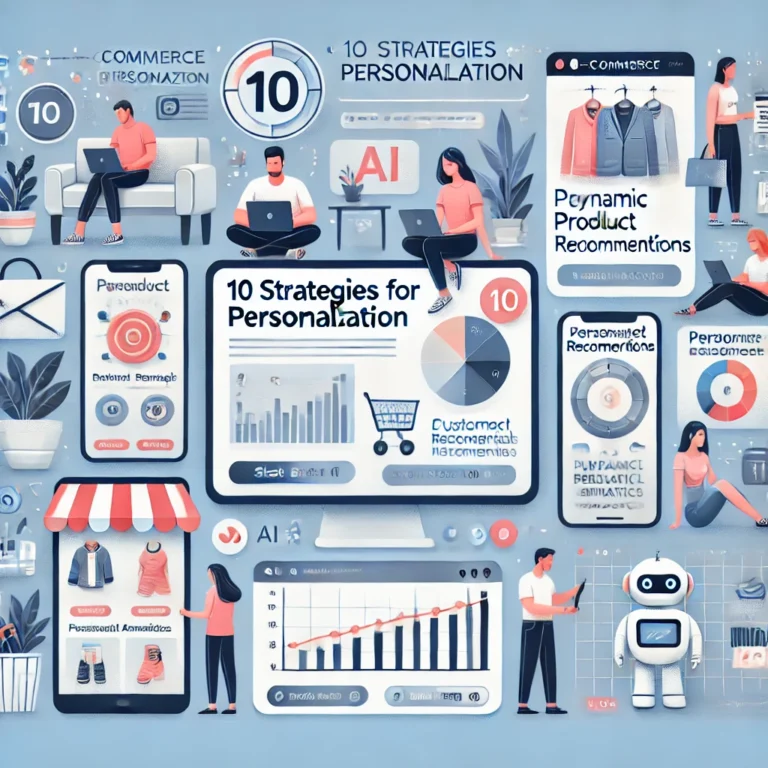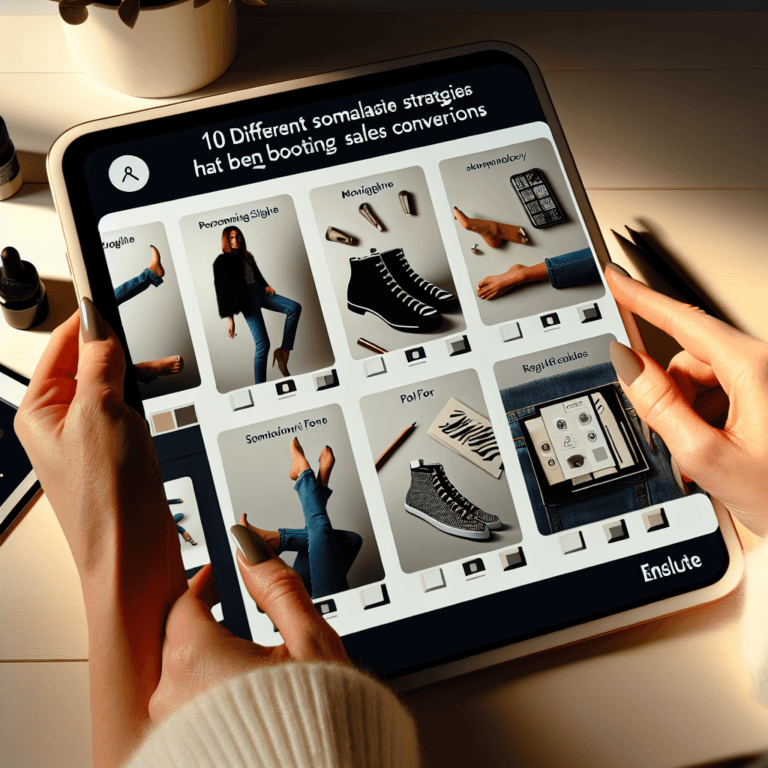Cookies are crumbling and personalisation is winning
Most shops still feel generic, which is why ecommerce personalization strategies beat spray and pray. If your store talks to everyone the same way, you pay more for traffic and convert less of it.
The gap is growing. Competitors who act on their own data make sharper offers, nudge at the right moment, and become the easy choice. You do not need another channel. You need to use the data you already have to make every click feel relevant.
The fix is simple in theory. Use your own signals to shape a personalised ecommerce experience across site, email, and ads. Start small. Test fast. Scale what works.
First party data your secret weapon
First party data is what customers share as they browse and buy. Use it to form a clear picture without relying on third party cookies.
- Contact details captured at checkout or account creation
- Products viewed, categories visited, time on page
- Orders, returns, average order value, frequency
- Loyalty and referral activity
- Answers from quizzes, fit finders, or chat
This is first-party data ecommerce done right. Keep it lightweight, accurate, and permission based. Be clear about value exchange and stay within GDPR compliance. You will earn more trust and more useful signals.
Instrument the basics before you personalise. Clean product data, consistent events, and clear customer segmentation power every tactic below.
Ecommerce personalization strategies that actually work
Below are ten simple plays you can run this quarter. Each one can be shipped as a small experiment, improved with user behavior analytics, and measured with A/B testing.
1. Smart email follows
Stop blasting the same win back on day 30. Map purchase cycle analysis by category, then time nudges to when people actually run out.
- Refill prompts based on past usage, not a calendar
- Content by intent, not only name, for personalised email marketing
- Subject lines that match urgency seen in past orders
This is conversion rate optimization for email. Better timing cuts unsubscribes and drives retention marketing.
2. Relevant product suggestions
Use on site behaviour and orders to power personalized product recommendations. Start simple.
- If they browse yoga mats, show side by side grip and thickness comparisons
- If they buy hiking boots, suggest waterproof spray and socks, not flip flops
- Place recommendations near add to cart for higher intent
A lightweight recommendation engine can start with rules, then learn. Track attach rate and margin lift.
3. Popups done differently
Popups should help, not hassle. Trigger by context, not time alone.
- Exit intent offers tied to cart value to reduce cart abandonment
- Shipping clarity for high value baskets near checkout
- Browse abandonment capture with one click email
Pair this with cart recovery flows. Keep copy short. Show the next best action.
4. A dynamic homepage that remembers
Your homepage should not reset every visit. Use dynamic content to create dynamic homepage personalization.
- Recently viewed and saved items above the fold
- Category shortcuts based on past interest
- Loyalty milestones for returning customers
It feels like, your usual seat. It reduces friction and speeds the next purchase.
5. Making hesitation work for you
If a shopper returns to the same coat three times, they are undecided. Help them decide.
- Auto filter reviews from similar buyers
- Call out benefits by use case, daily commute vs weekend hikes
- Reassure with returns and care info near the price
Do not default to discounts. Give clarity at the moment doubt appears.
6. Meaningful post purchase emails
Post-purchase personalization turns one sale into two. Focus on success with the product first.
- Tips that reduce support tickets and returns
- Follow up for reviews after a realistic usage window
- Bundles that fit what they just bought
Time these to the product’s learning curve. It builds trust and repeat rate.
7. Reviews that reflect real preferences
Match social proof to what the shopper values. If they filter by skin tone, dietary need, or body type, surface matching reviews by default.
Small change, big effect. It removes guesswork and lifts add to cart.
8. Clever quiz funnels
Quizzes earn rich signals fast when they are short and useful.
- Skip what you already know to keep it under 60 seconds
- Use answers to shape bundles and dynamic PDP content
- Store preferences for future journeys across devices
Declare the value, fast fit and better picks, and deliver on it.
9. Loyalty programmes that prioritise real people
Swap generic perks for loyalty program personalization.
- Early access to the categories they buy most
- Milestones that celebrate second and third orders
- Tailored rewards by margin band and customer lifetime value
Make regulars feel seen. You will not need to shout.
10. Thoughtful stock alerts
Back in stock should be specific and fast.
- Name the exact item and size they wanted
- Make one click reordering easy on mobile
- Use honest low stock notices, no gimmicks
Set alerts per variant. Then watch how often they convert within 24 hours.
What to measure and how to ship
- Primary metrics, add to cart rate, checkout completion, average order value
- Secondary metrics, email revenue per send, opt in rate, unsubscribe rate
- Diagnostics, speed, error rate, search null results
Run A/B testing to isolate impact. Keep tests small and clear. This is data-driven personalization at work.
Ship weekly. Fix what breaks the journey first, checkout optimization before fancy upsells.
Send fewer emails say more
When the message fits the moment, you can send less and sell more. The right nudge once beats five reminders. Your list stays healthy and your brand stays welcome.
Say the useful thing at the useful time. That is how you earn attention.
Case study how a pet brand boosted conversions
A direct to consumer pet brand split customers by pet age and breed. Puppy owners reorder often. Older dogs switch rarely. They used purchase cycle analysis to time messages and offers.
- Feeding guides tied to breed and growth stage
- Refill reminders matched to bag size and feeding rate
- Accessories by life stage in recommendations
Result, a threefold lift in email conversion and higher customer happiness. Simple signals, used well, beat generic blasts.
Make customers feel remembered
Great personalisation feels like memory, not a trick. Be the shop that recognises a regular and makes their next step easy.
Start with one flow, browse abandonment or post purchase, then layer in more. This is how you build a personalized ecommerce experience that compounds over time.
Use first party signals with care. That is how you win today and tomorrow.
Terms you may recognise from the industry and tools you use, ecommerce personalization strategies, first-party data ecommerce, personalized ecommerce experience, data-driven personalization, dynamic homepage personalization, personalized product recommendations, post-purchase personalization, customer lifetime value, user behavior analytics, checkout optimization, browse abandonment, recommendation engine, GDPR compliance, loyalty program personalization, retention marketing, purchase cycle analysis, cart recovery, A/B testing.





